Welcome
We are thrilled to release the fourth annual New York at Work report from Cornell University’s New York State School of Industrial and Labor Relations (ILR). The report draws on ILR expertise, research-based data and policy analysis on a broad range of key issues affecting the state’s workers, unions, communities and employers. The report, which includes work from our Center for Applied Research on Work (CAROW), is intended to serve as an informative, accessible and relevant resource for policymakers and the public. We hope that you find it useful and we look forward to engaging with you to advance the important work that you do related to work, employment and labor.
For further assistance, please see the list of ILR Outreach institutes and programs with contact information at the end of the report.
Established by the New York State Legislature in 1945, ILR is guided by a commitment to social and economic justice and to improving the lives of New York’s working people. Consistent with our mission and to honor New York’s workers, the report is published annually around Labor Day.
Sincerely,
Alexander J.S. Colvin, Ph.D. ’99
Kenneth F. Kahn ’69 Dean
Martin F. Scheinman ’75, M.S. ’76, Professor
Ariel Avgar, Ph.D. ’08
David M. Cohen ’73 Professor of Labor Relations
Senior Associate Dean for Outreach and Sponsored Research
Director, Center for Applied Research on Work
Table of Contents
Buffalo Co-Lab
- The Status of Child Care in New York
- Updated NYS Digital Equity Portal + Data Brief: New York State’s Recent Progress in, and Remaining Barriers to, Universal Broadband Internet Access
- Building Responsible Projects in New York City: Assessing the Impact of Prevailing Wage Benefits on Workers, Contractors and the New York City Economy
- Updated Cornell ILR Wage Atlas + Data Brief: New York State’s Minimum Wage is not Keeping Pace with the Rising Cost of Living
Center for Applied Research on Work
Climate Jobs Institute
- Building an Equitable, Diverse, and Unionized Clean Energy Economy: What We Can Learn From Apprenticeship
- Exploring the Conditions of the New York Solar Workforce
Criminal Justice and Employment Initiative
Ithaca Co-Lab
Labor and Employment Law Program
The Worker Institute
Yang-Tan Institute on Employment and Disability
About the New York State ILR School
The Status of Child Care in New York
Cathy Crieghton, Buffalo Co-Lab director; Steve Peraza, Buffalo Co-Lab senior research and policy associate; Russell Weaver, Buffalo Co-Lab research director.
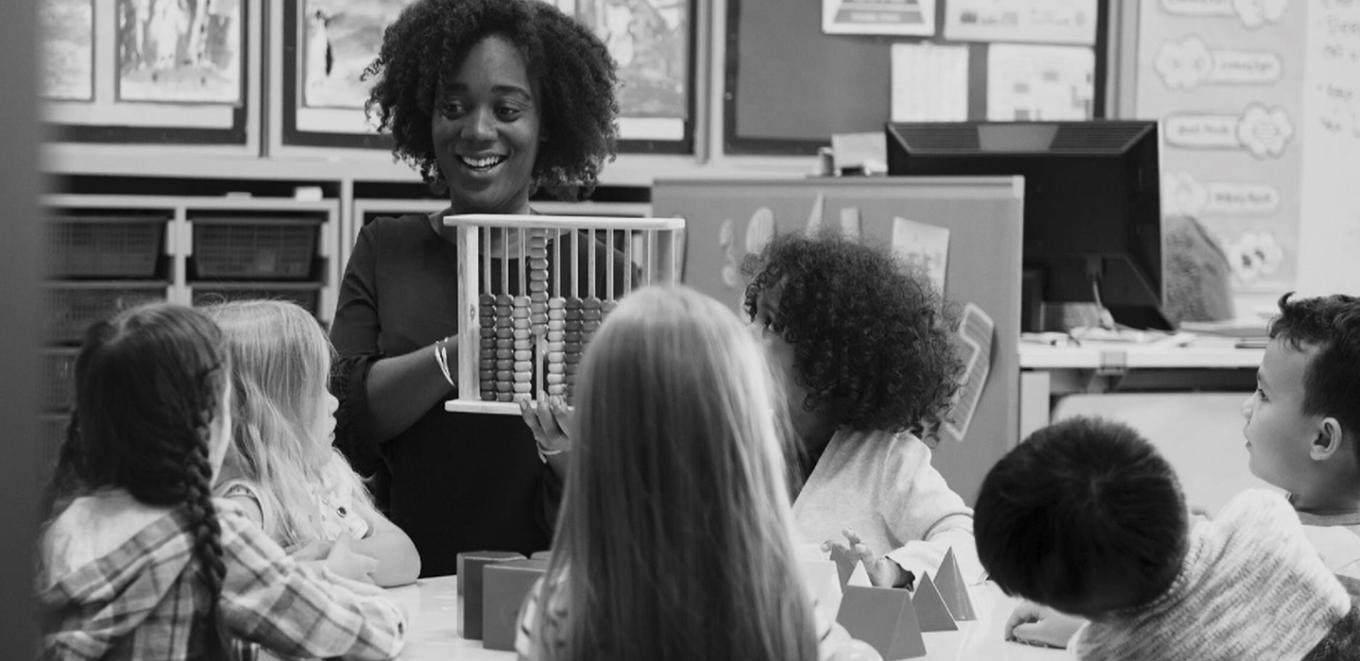
Overview
Buffalo Co-Lab researchers show that an initial influx of NYS funding helped to stabilize the child care industry during and immediately after the COVID pandemic. Since then, however, there has been little progress in the availability of and accessibility to child care in NYS. Instead, research shows an unevenly changing child care landscape, with minor gains in aggregate capacity over the past 2.5 years, but meaningful losses in many areas across the state, especially in upstate counties and low-income communities, where child care deserts and near-deserts already existed.
In addition to showing the bleak economic status of the child care industry in NYS, this report showcases one of the proposed solutions for the child care crisis: a workforce compensation fund (rather than temporary wage stabilization grants). The compensation fund would raise pay for workers in the industry to attract and retain new child care professionals.
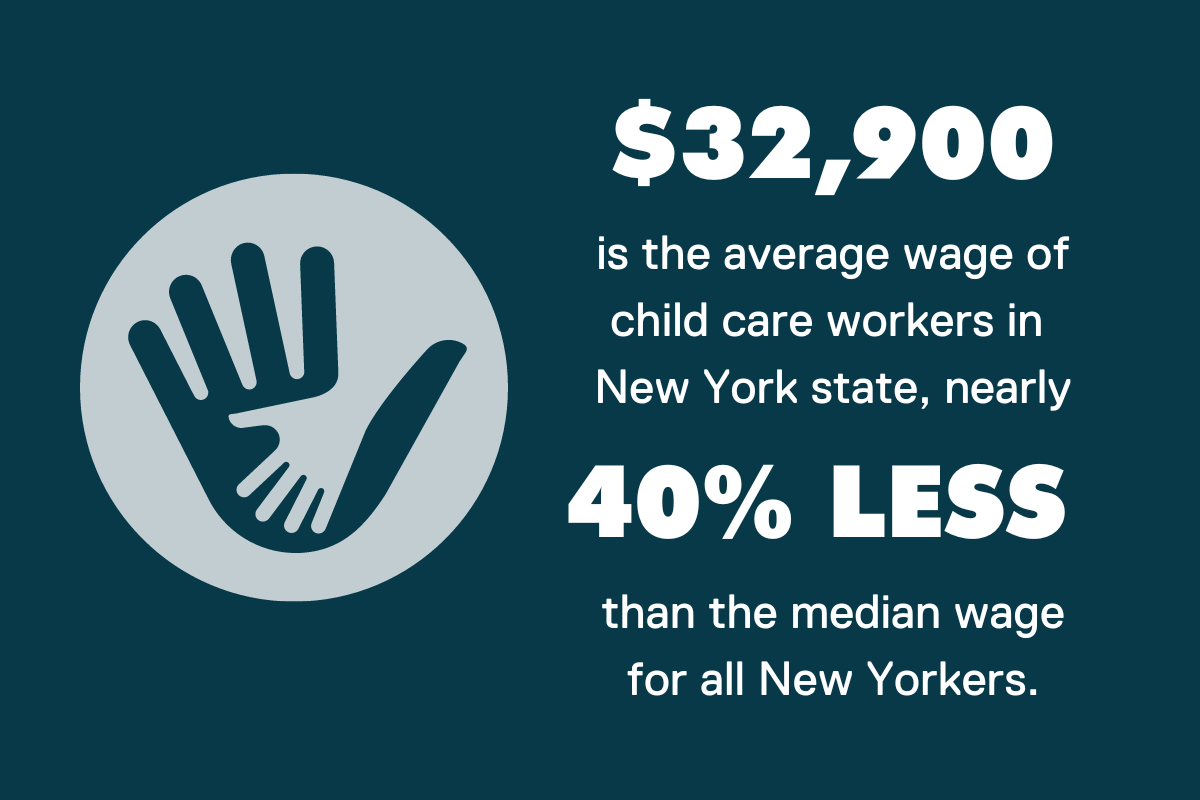
Key Findings
- Policy changes in the 2021-2022 NYS budget have had uneven results across NYS.
- Child care workers remain underpaid and undervalued.
- Lack of access to affordable child care takes New York workers out of the economy.
- Child care capacity is ticking up, but industry diversity is in decline.
- A child care compensation fund would raise wages for all child care workers.
- Child care’s economic return on investment is high.
Recommendations
To improve wages among child care workers, the New York State Child Care Compensation Fund will institute a state-provider partnership to ensure that child care workers receive pay commensurate with other early childhood educators in the state. Per the Buffalo Co-Lab’s analysis, if the model called for a minimum wage of $23.55 in the industry, then the total cost of raising wages for all [non-self-employed] child care workers would be nearly $800 million per year (for wage supports only, not including the cost of fringe benefits).
Research Impact
The median annual salary for child care workers in NYS is approximately $33,000 per year for a full-time employee. The median wage for workers in NYS is approximately $54,000. The proposed fund will correct this injustice and properly recognize child care workers as educators who deserve wages at parity with public school teachers, as proposed in the Universal Child Care Act for New York State, Senate Bill S3245. By creating the Child Care Compensation Fund, NYS would ensure a more equitable wage for child care workers and help address the severe child care shortage in Erie County and other regions with similar child care industry needs.
Updated NYS Digital Equity Portal + Data Brief: Toward Digital Equity
Russell Weaver, ILR Buffalo Co-Lab research director

Overview
Recent updates made by the ILR Buffalo Co-Lab to the New York State Digital Equity Portal shows that the number of New York households with high-speed internet access rose from 725,000 to 1.3 million between 2017 and 2022. But, much of that increase comes exclusively from cellular plans, which could mean that as many as 1.5 million households remain “underconnected.”
Key Findings

Drawing on data from the Digital Equity Portal, this report shows that:
- Nearly a quarter-million households still lack any type of high-speed internet connection.
- An additional 810,000 households can only access the internet through cellular data plans, bringing the total number of potentially “underconnected” households to more than 1.5 million.
- There is reason to believe that insufficient affordable access to multiple and diverse types of computing devices is keeping many households “underconnected” to broadband internet.
- Lack of at-home broadband subscriptions is a problem with multiple dimensions – including but not limited to lack of infrastructure, too few providers and unaffordable prices for local populations – that cut across the rural-urban gradient.
- Households headed by Black or African American and Hispanic or Latinx New Yorkers continue to have the lowest rates of broadband take up, and the groups’ take up rates are falling farther behind statewide averages.
- Income still appears to be the ultimate arbiter of whether a household can access a broadband internet subscription.
Recommendations
Based on the data brief, two immediate targets for digital inclusion activities in NYS are to:
- Design and fund programs that make it easier for households to acquire internet-enabled devices that meet their computing needs.
- Design and fund programs that deliver broadband subscriptions to households at no or almost no cost. Continuing to innovate in legal and regulatory spaces, and continuing to move toward a reconceptualization of broadband as a public good that should be universally accessible appear to be critical next phases of the charge toward digital equity in NYS and across the globe.
Research Impact
This research made use of a statewide New York State Digital Equity Portal that has been fully revamped to allow users to produce on-the-fly infographics and fact sheets for various NYS locations, from ZIP codes and the smallest towns and villages to congressional districts and everywhere in between. The resources have been featured in multiple media outlets and the portal is a featured resource on the New York State Library’s digital equity resources guide. In May 2024, stakeholders from government, community-based organizations and academia joined a webinar introducing the new features of the statewide Digital Equity Portal (available on YouTube).
Related Information
Assessing the Impact of Prevailing Wage Benefits on Workers, Contractors and the NYC Economy
Russell Weaver, Buffalo Co-Lab director of research; Anne Marie Brady, Worker Rights and Equity,
Worker Institute, director of research.

Overview
Prevailing wage laws generate societal benefits through upward pressure on wages and benefits for non-union workers. They also protect local construction industries (workers, workers’ families and employers alike) from wage and benefit erosion, which could happen if external competition from lower-wage geographies enter the local market and persistently undercut local firms. This research report illustrates how, beyond these and related benefits, prevailing wage laws make union construction labor more cost-effective than non-union construction labor for prevailing wage jobs.
Specifically, we ask whether a non-union firm’s total labor costs under the new New York City prevailing wage law may exceed the total costs of their union counterpart if the former does not provide employees with bona fide fringe benefits packages at the same rate as the latter. This report investigates this possibility through a modeling exercise focused on labor costs for four selected trades (high-rise carpenters, cement and concrete laborers, cement masons and lathers), designed to compute wage, fringe and workers’ compensation costs related to constructing a 10-story, 150,000-square-foot building in New York City.
Key Findings

Although other cost elements such as materials, technology and profits might not be characterized by similar patterns, the results show that union labor cost savings can be substantial. The scenarios analyzed for just four trades working to construct a 10-story building show that savings may lie between $600,000 and $800,000. Factoring in additional trades, those figures could easily climb to more than $1 million.
Through a combination of (1) robust apprenticeship programs, (2) widespread, generous provision of collectively bargained benefits that help defray workers’ compensation costs and (3) advantages in safety and experience, union bidders on prevailing wage projects are likely to face lower labor costs than their non-union competitors.
Recommendations
Prevailing wage laws impacts include:
- Increasing the supporting union firms’ ability to take on, train and pay new apprentices will pave the way for a future experienced, high-quality workforce.
- Giving those firms more capacity to hire additional qualified workers at journey and provisional levels, thereby putting upward pressure on union density in the industry.
- Putting pressure on non-union firms to raise wages and benefits to more competitive levels with their union counterparts.
Research Impact
Insofar as prevailing wage laws contribute to stronger unions and better-compensated workers, they are “high road” policies that can lead to greater shared prosperity not only for individuals and their families, but in local economies more broadly over time.
Related Information
Cornell ILR Prevailing Wage Calculator
Updated Cornell ILR Wage Atlas + Data Brief
Russel Weaver; ILR Buffalo Co-Lab research director; Ian Greer, Ithaca Co-Lab director, ILR research professor

Overview
Released alongside the sweeping updates made to the Cornell ILR Wage Atlas in spring 2024, New York State’s Minimum Wage is not Keeping Pace with the Rising Cost of Living examines the expected impacts of various potential minimum wage targets on aggregate earnings. The brief finds that a productivity-adjusted minimum wage has the potential to substantially increase disposable income, consumer spending, and, consequently, jobs throughout the state’s economy.
Key Findings
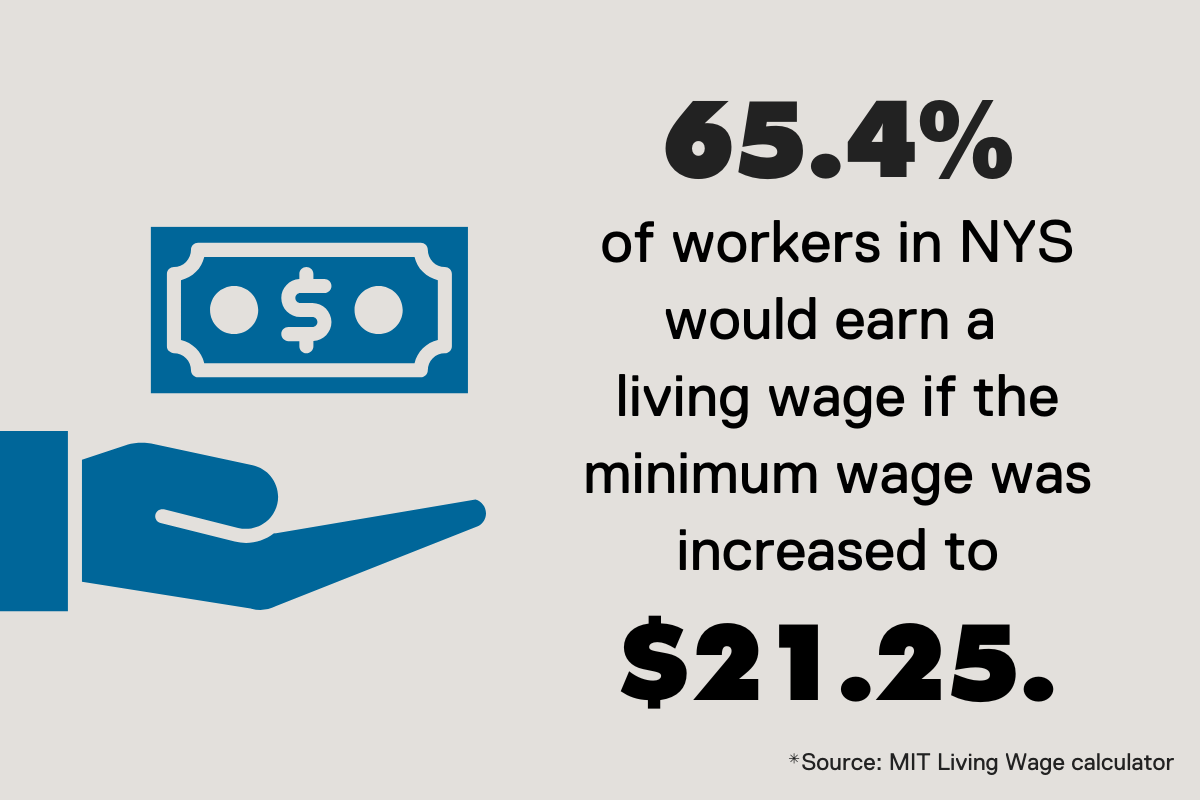
- Analyses from the updated Cornell ILR Wage Atlas estimate that the implementation of a $21.25 minimum wage – the level being proposed by a statewide “Raise the Wage Act” – would help:
- 65.4% of workers in New York earn at or above their respective “living wage,” as determined by the MIT Living Wage Calculator.
- Additionally, the combined increased earnings – $80.59 billion per year – would result in consumer demand and spending growth that could support the creation of more than 75,500 net jobs throughout the state.
Recommendations
Quantitative evidence from this project suggests that raising the NYS minimum wage to a level that intentionally accounts for the historic devaluation of low-wage work, and indexing that wage with productivity and inflation, is an equitable policy. It is also a practical one that could lead to net increases in earnings, consumer spending, and jobs throughout the economy. By passing something like the Raise the Wage Act, NYS has the potential to become a model “living wage state” to which the rest of the nation can aspire.
Research Impact
This research used a first-of-its-kind, statewide wage atlas that allows users to interactively estimate the number of workers who earn below various user-set “minimum wage” levels.
The study's results have been cited by multiple media outlets, and the atlas has been referenced in Politico’s New York Playbook, by a NYS legislator as justification for a policy initiative, by investigative reporters covering the state’s agriculture industry and in various op-ed columns. The wage atlas and results also motivated a public webinar (available on YouTube) sponsored by CAROW.
Related Information
- Using the Wage Atlas: A Step-by-Step Guide
- Wage Atlas Home Page
- New Minimum Wage Tools for the 2024 Wage Atlas
- CAROW Policy Explainers based on this project
Empire State Poll 2024
Conducted by the Center for Applied Research on Work with authorship and contributions by Anne Marie Brady, Phumthep Bunnak, Anne DeCecco, Avalon Hoek Spaans, Michael Lenmark, Jillian Morley, Megan Thorsfeldt, Russell Weaver, and Zoë West.

Overview
Every year, researchers at the ILR School conduct the Empire State Poll to survey NYS residents about how work impacts their lives: Are they employed, do their wages meet their needs, how do costs of daily living impact their ability to work or the number of jobs they need to manage, do they feel like they can speak up at work, are they part of a union? Most importantly, how do these issues together shape what concerns them most about their future? With over 2,500 residents surveyed across the state, this poll provides a window into New Yorkers’ daily lives, needs and concerns related to labor and employment.
In this latest iteration of Cornell ILR’s Empire State Poll, New Yorkers have expressed concern with the cost of living, access to care services such as home-based care or affordable child care and their ability to work with unions to have a voice in their workplace. They also have strong views on how the state should use its power to create sustainable and equitable industries for the future. The lived experiences, views and goals of those who make up our state are critical to creating the successful policies of tomorrow.
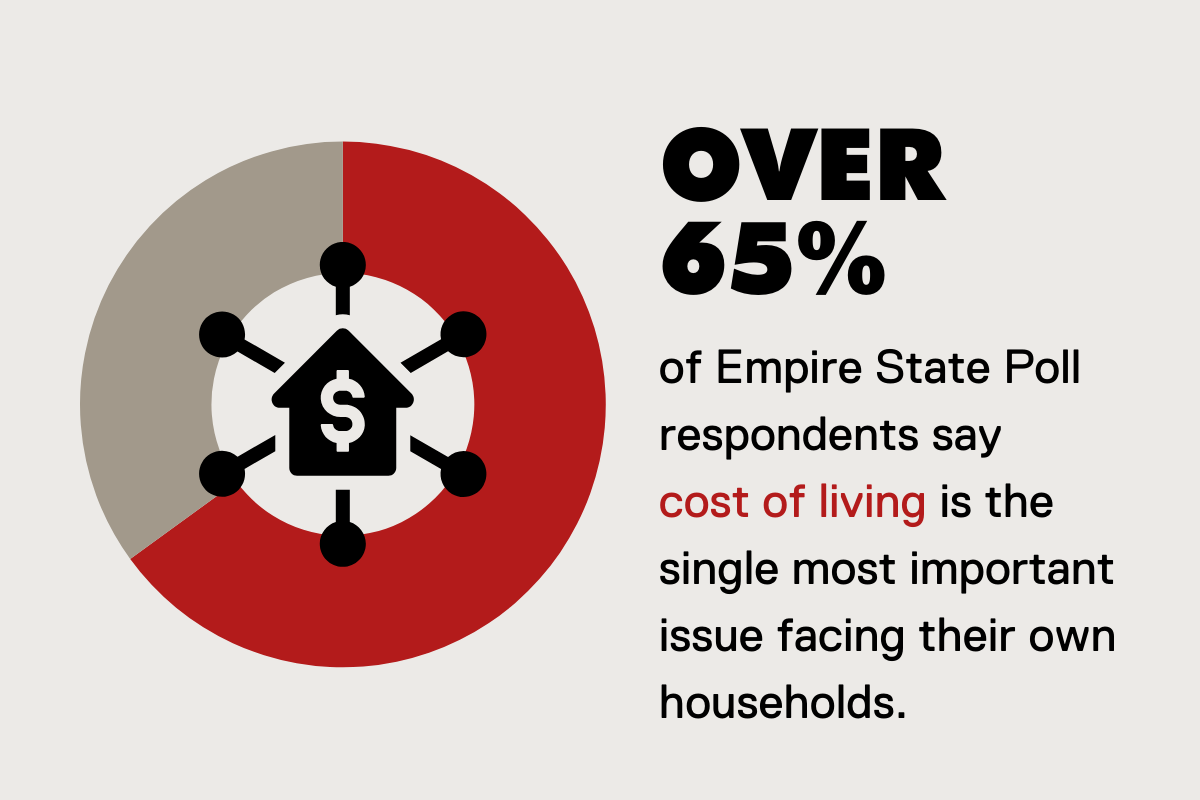
Poll findings include:
Employment Opportunities Vary by Demographics and Worker Organization Status
- Over 60% of respondents are employed, but disparities exist across race and ethnicity. Of the New Yorkers either employed or unemployed but looking for work, 92% of white respondents reported being employed vs. 86% of Black or African American, 84% of Asian and 78% of Latinx respondents.
- When asked about economic opportunities for making a comfortable family living through good jobs and business development, over 60% of respondents said that there were “some” or “many” such opportunities, as opposed to “few.” More respondents who were part of a union or a worker association reported that they felt there were “some” or “many” such opportunities compared to respondents who were not part of any worker organization or association.
Cost of Living and Wages Impacting Workers
- Over 65% of respondents said cost of living is the most important issue facing their households.
- More than a third of the 422 respondents who perform app-based gig work said their gig work income did not meet their household expenses.
New Yorkers Need and Support Access to Child Care
- Over 40% of respondents said they or another adult in their household chose not to work due to child care. Most cited the high cost or lack of accessible, quality care; 23% said it was personal preference. Of the 40% of respondents who indicated that they forewent out-of-home employment due to child care needs: 52.8% identified as cis-women; 41.6% identified as cis-men; 3.3% identified as gender nonconforming or nonbinary; 1.5% did not provide a gender identity; and 0.8% identified as either transgender men or women.
- 74% of respondents support public funding of universal child care.
- 72% of respondents support state investment in raising home care workers’ pay.
Union Representation
- 36% of employed respondents are members of a union.
- When asked if their views on labor unions have shifted in the past year, only 14% of ESP respondents (371) said yes. Of those persons whose views have shifted, the majority (57%) were in a positive direction. 43% of such respondents said that their opposition to labor unions somewhat or strongly increased compared to the prior year.
New Yorkers Want Increased Climate Action
- 65% of those polled want increased action from labor, industry and government leaders on climate change.
Research Impact
NYS faces a myriad of opportunities and challenges related to labor and employment and their impact on the communities in which we live. It is vital for policymakers to understand how New Yorkers experience changes in the cost of living, access to needed caregiving, and their experiences in the workplace to understand the concerns of New Yorkers as they make decisions that have broad implications for our state. The Empire State Poll offers a unique window into the daily lives of New Yorkers that can inform policy and practice.
Building an Equitable, Diverse and Unionized Clean Energy Economy
Zach Cunningham, training and education associate; Melissa Shetler, senior training and education associate
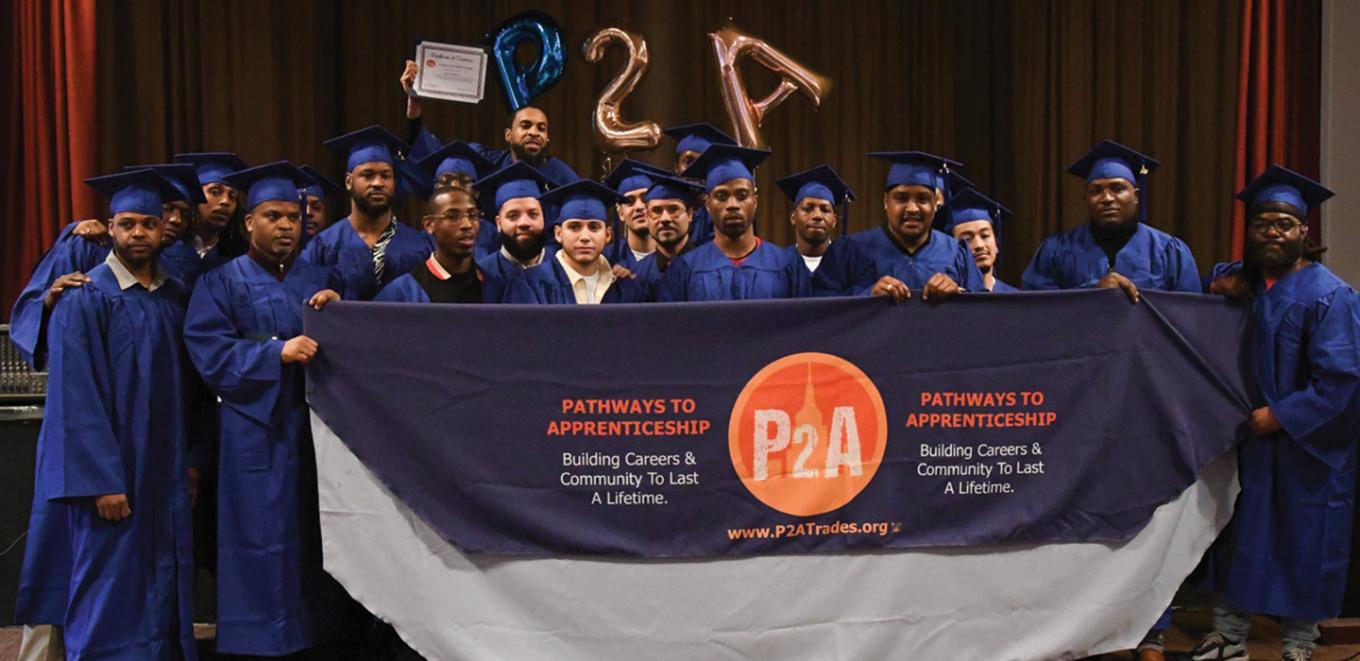
Overview
The Climate Jobs Institute published a report examining apprenticeship readiness programs as a key tool in helping historically underserved communities access high-quality, unionized careers in the construction and clean energy sectors. By studying three exemplary programs in NYS and across the country, the authors provide a series of best practices and recommendations for practitioners, trade unions, employers, policymakers and philanthropic funders on how to expand apprenticeship readiness and build an equitable, diverse and unionized clean energy economy.
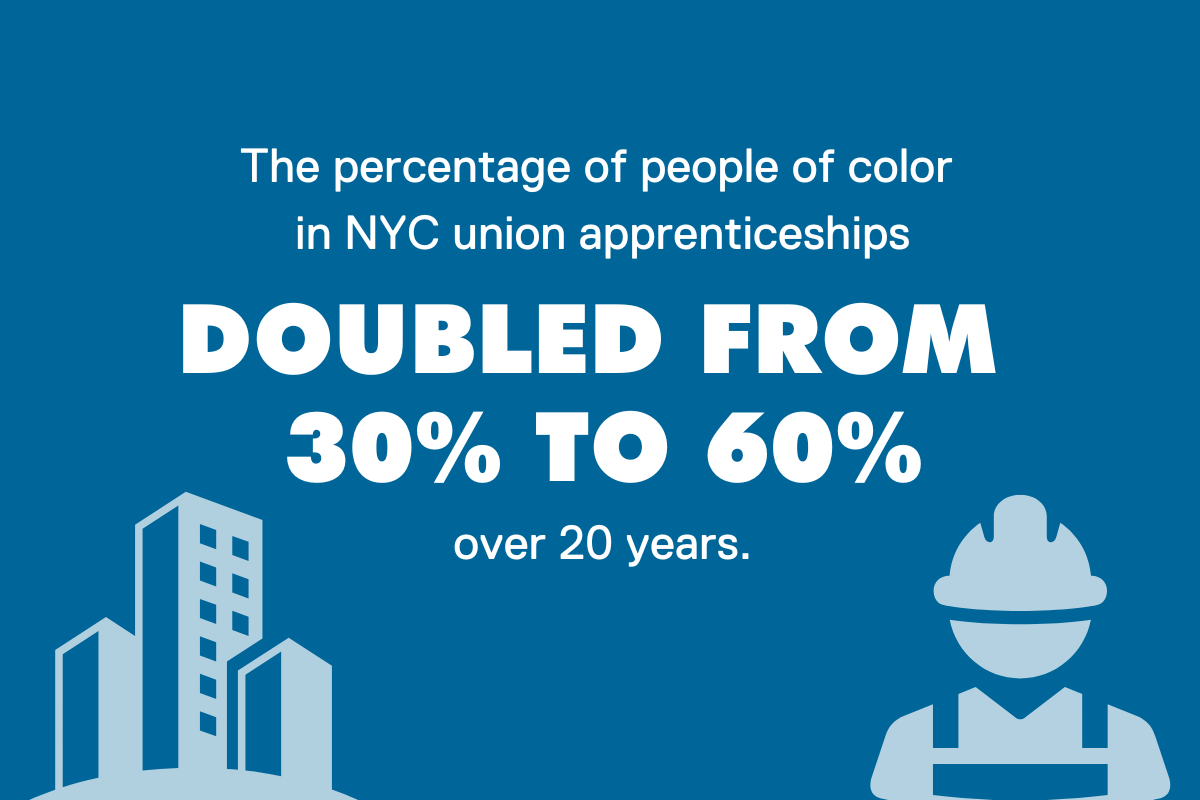
Key Findings
- Tackling the climate crisis has enormous job creation potential.
- Building a robust, equitable clean energy economy requires high-quality jobs that provide pathways into the middle-class and expanded access for disadvantaged communities. Our current political moment creates an opportunity to accomplish these goals.
- Apprenticeship readiness programs explicitly serve underrepresented populations, creating pathways to high-quality, union jobs in clean energy. Because of this, apprenticeship readiness is key to seizing this moment and creating a just, sustainable economy.
Recommendations
Organized Labor
- Advocate for clean energy policies that prioritize ambitious climate action with strong labor and equity standards.
- Establish direct entry relationships with apprenticeship readiness programs.
Construction Employers
- Work with organized labor to diversify the construction and clean energy workforce.
- Support community workforce agreements with targeted and local hiring goals and high-quality union career opportunities.
Community Organizations
- Advocate for ambitious climate action that includes strong labor and equity standards.
- Partner with labor, employers and others to advance shared goals.
Policymakers
- Set ambitious policies to drive clean energy investment and create high-quality jobs.
- Provide adequate, flexible funding for apprenticeship readiness programs to broaden impact.
Private Funders
- Make long-term, flexible commitments to fund apprenticeship readiness programs and to include job quality metrics in funding streams.
- Support capacity building for apprenticeship readiness programs to broaden impact.
Research Impact
This research provides a series of best practices that apprenticeship readiness practitioners can use to grow their programs and increase effectiveness. Additionally, it outlines several measures key constituents – from organized labor, community organizations and construction employers to policymakers and private funders – can take to help apprenticeship readiness programs thrive and create high-quality, clean energy career opportunities for women, people of color and other underrepresented communities.
Related Information
- View the report launch event
Exploring the Conditions of the New York Solar Workforce
Avalon Hoek Spaans, assistant research director; Jillian Morley, research support specialist
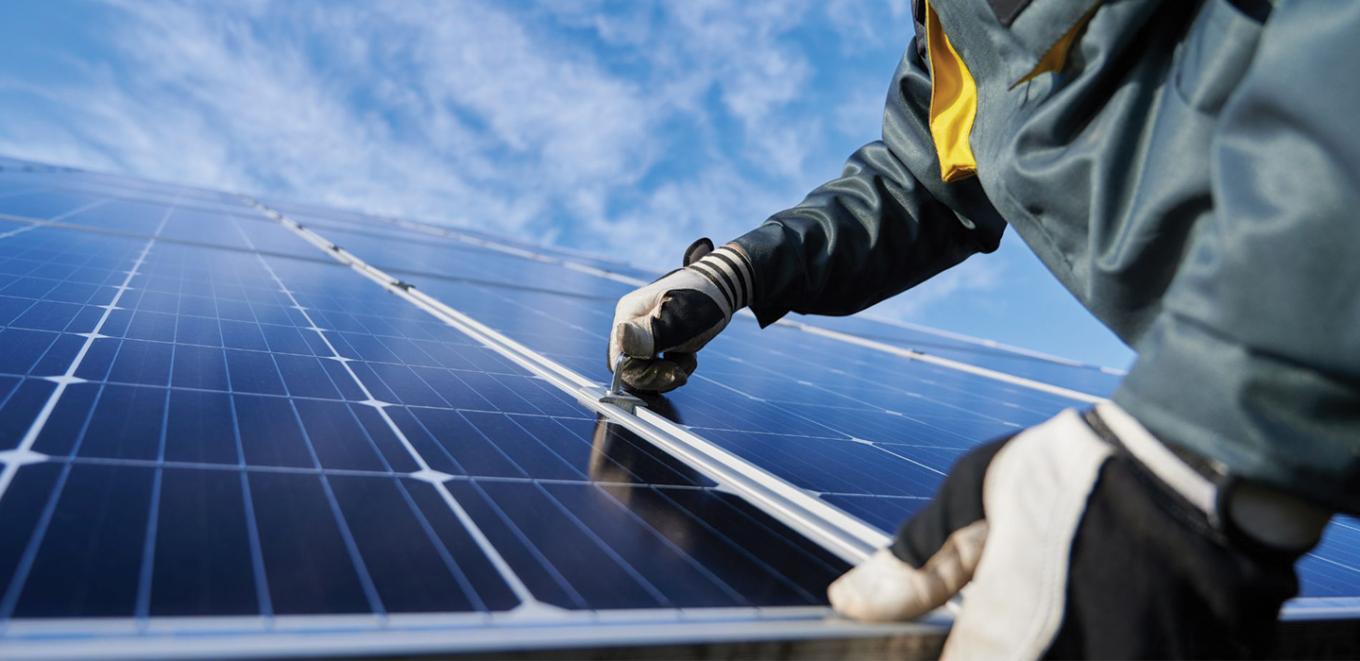
Overview
Cornell ILR’s Climate Jobs Institute concluded a two-year exploratory study of working conditions in the NYS solar industry in April. Unlike much of the existing research on the solar workforce, based on what is known about adjacent industries or draws on employer-side data, this study directly surveyed solar workers, almost all of whom were non-union workers. The data from the survey indicates that NYS solar workers, especially workers of color, are dealing with challenges including piece rate pay, wage theft, lack of benefits, stimulant use and other issues.
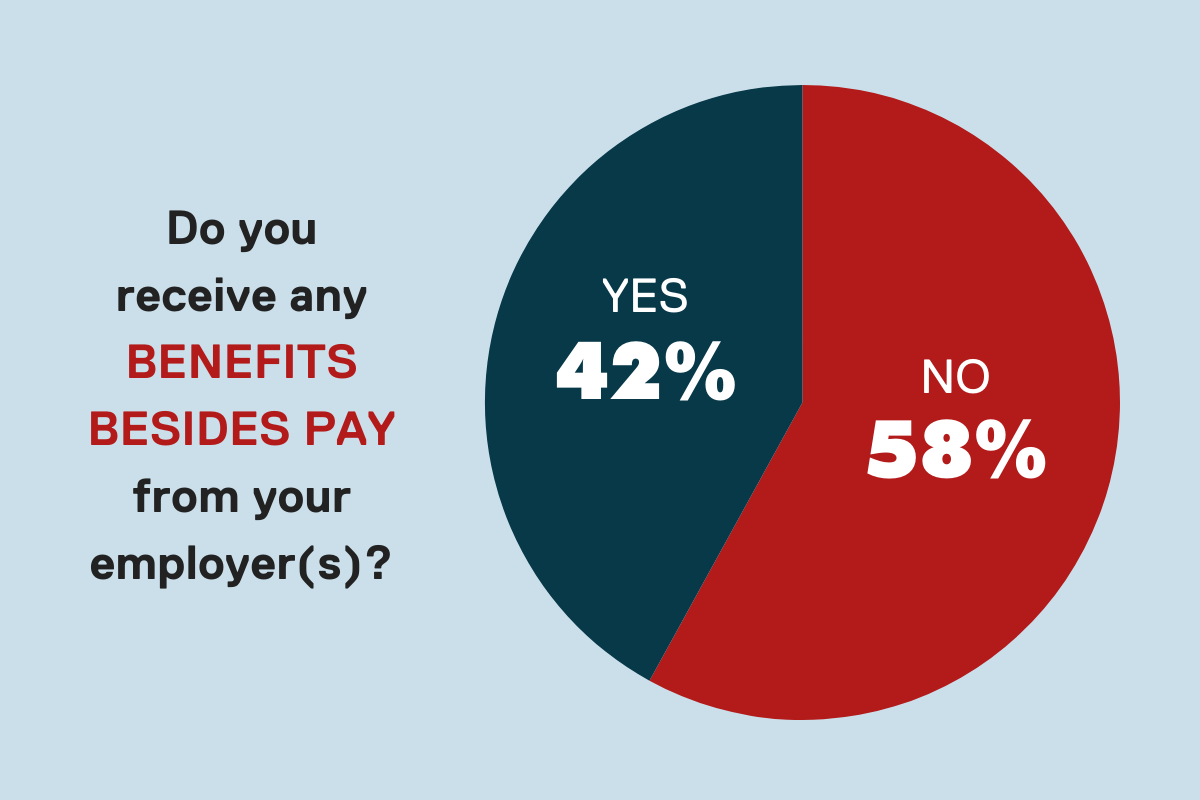
Key Findings
- About one-third of the workers surveyed were paid by the number of panels installed.
- Pay was inequitable, with differences in wages and payment method (hourly versus annual pay) and by race/ethnicity.
- The majority of workers sampled did not receive benefits and for those who did receive benefits, disparities by race/ethnicity were reported.
- Black workers were still less likely to receive benefits when considering certifications/work type.
- The majority of respondents agreed stimulant use on solar worksites was a problem.
- 12% of the sample had been injured while working on a NYS solar site, and two-thirds of injured workers said the injuries were not reported to OSHA.
- Many workers in the sample lived outside of NYS, and 65% indicated that they had moved or relocated in order to work on a NYS solar worksite. This suggests that New York’s solar workers may be coming from out of state.
- Some reported experiencing wage theft.
Recommendations
- Additional research on the solar workforce must be conducted, with a particular focus on workers’ experiences.
- Future research should also prioritize building an accurate understanding of the solar workforce’s size, with the understanding that workers may have more than one solar employer.
- To meet NYS’s policy goals to address climate change and create equitable pathways into high-quality clean energy careers, policymakers should ensure that clean energy workers have access to good wages, benefits, health and safety training, equitable conditions and pathways to unionization.
Research Impact
The study was the first to examine the solar industry and its worksites directly from workers’ perspectives. This is important because 40% of this sample reported working for more than one employer, calling into question the accuracy of industry worker counts and resulting research based on the existing employer-reported data. This report offers a first look at several previously unstudied issues facing solar workers in NYS.
Related Information
- View the report launch event
Making Fair Chance Hiring a Reality Through HR Innovation
Criminal Justice and Employment Initiative team members Matthew Saleh, research director; Jodi Anderson Jr., technological innovation director; Timothy McNutt, director.

Overview
Our research sought to answer two questions: What barriers to hiring people with criminal records exist within traditional HR practice, and how can HR innovation make Fair Chance hiring a reality?
Hundreds of private employers have signed “Fair Chance” hiring pledges expressing a commitment to hiring people with criminal records. Housing the second-highest number of Fortune 500 corporate headquarters nationally, NYS is an ideal locale for innovating private-sector practices that increase employment pathways for justice-impacted people.
NYS has made strides toward providing legal protections to job seekers with criminal records, but people with criminal records continue to experience difficulty finding work in the state. The Criminal Justice and Employment Initiative surveyed human resources, talent acquisition and DEI personnel across diverse industries and sectors to assess how Fair Chance commitments and legal protections have translated to changes in hiring practices and third-party background checks.
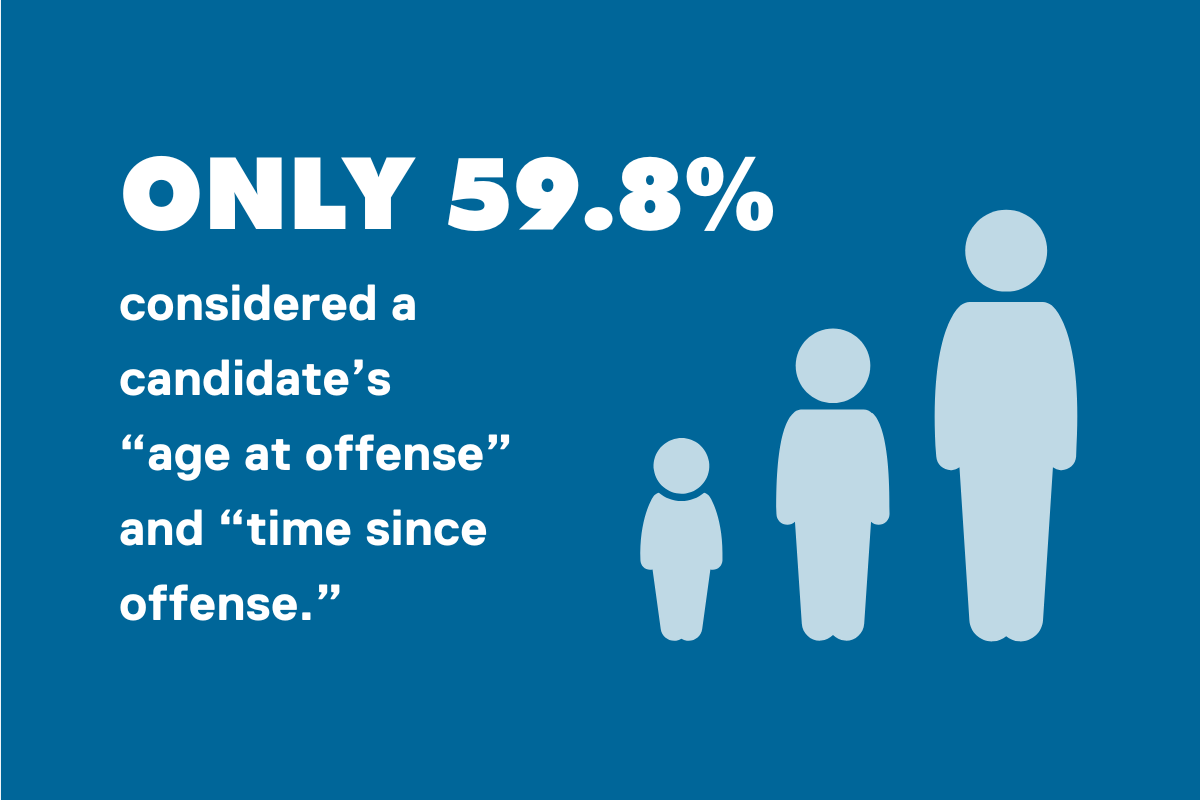
Key Findings
- 58% of respondents, including nearly all with 50-plus employees, used third-party credit reporting agencies such as Experian, Sterling and Checkr for background checks.
- 25% said they do not take steps to verify the accuracy of the reports.
- Responses highlighted serious issues with individualized assessment practices, even in NYS, where the assessments are legally required.
- Only 59.8% considered a candidate’s “age at offense” and “time since offense,” despite those being the strongest predictors of successful reentry.
- Only 13.1% considered “rehabilitative factors,” such as counseling, community service, mentoring, microcredientials and hobbies during individualized assessments.
Recommendations
- With so much of the background check process being privatized and outsourced, employers must ensure that third-party agency practices align with Fair Chance commitments.
- Employers should take restorative factors into account because they strongly predict employment success by showing applicants beyond the lens of risk and liability.
- Employers should acknowledge restorative factors that show the progress and contributions of people with criminal records.
- Employers should acknowledge that the widespread use of HR management and applicant tracking software offers opportunities for innovative workflow customization regarding how candidates are screened, interviewed and delivered adverse action notices.
Research Impact
The Cornell University Division of Human Resources is piloting the “Restorative Record” digital tool developed by the Criminal Justice and Employment Initiative. The tool invites applicants with criminal records to provide context and additional documentation to inform the individualized assessment process performed by HR. This helps ensure that every candidate has the chance to present a comprehensive picture of their capabilities.
The Restorative Record profiles highlight a candidate’s core competencies, rehabilitative efforts and micro-credentials rather than focusing only on past criminal records. By leveraging evidence-based restorative factors, which are more accurate predictors of employability, the tool enables employers to make informed, equitable hiring decisions. The Criminal Justice and Employment Initiative recently received funding from SUNY’s Innovative Instruction Technology program to expand the Restorative Record into the SUNY system.
Related Information
Building a Diverse, Fair and Equitable New Industry for NYS
Esta R. Bigler, director, Labor and Employment Law Program

Overview
In order to redress decades of harm caused by mass incarceration and the war on drugs, the Marijuana Regulation and Taxation Act that legalized adult-use cannabis in NYS established a goal to award 50% of business licenses to social and economic equity applicants.
While the regulatory focus is on licensing and ownership, developing a new statewide industry offers a unique opportunity to envision a cannabis workforce that reflects these same goals. This industry has the potential to provide up to 60,000 high-quality careers with family-sustaining wages, upward mobility, worker empowerment and fair employment, leading to the building of generational wealth in historically underresourced communities.
With funding from the NYS Legislature, the Cannabis Workforce Initiative, a non-profit collaboration between the ILR School‘s Labor and Employment Law Program and the Workforce Development Institute, provides free and accessible training and educational resources to support pathways to jobs in the industry, prioritizing individuals and communities negatively impacted by cannabis prohibition.
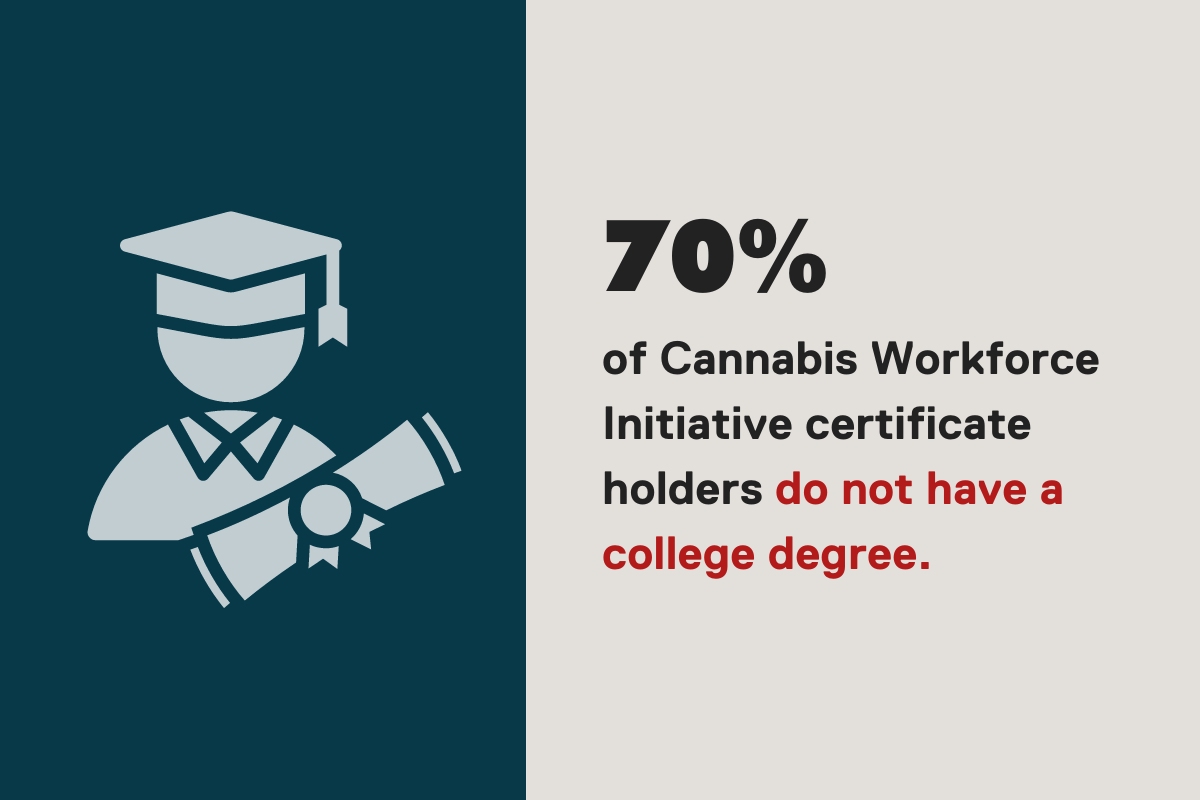
Key Findings
- Cannabis Workforce Initiative certificate holders, those who completed our 15-hour program, broadly reflect the social equity goals established in the Marijuana Regulation and Taxation Act.
- Statewide, 31% of certificate holders identify as Black or African American, 16% as Hispanic or Latino, 32% as white, 4% as Asian or other Pacific Islander and American Indian or Alaska Native and 9% as two or more races.
- 44% of certificate holders identify as women, 52% as men, and 3% as nonbinary or of another gender.
- In an industry with a wide range of in-demand transferable skills, 73% of certificate holders are over 30 and 18% are over 50.
- 70% of certificate holders do not have a college degree.
Recommendations
To better understand the cannabis workforce makeup, the state Office of Cannabis Management, which has regulatory authority over the NYS adult-use market, should require as a condition of licensure regular reporting of workforce demographic data, including data by gender and race or ethnicity and by job category.
Program Impact
As more cannabis businesses open across the state, there is an increasing need for qualified job applicants ready to step in and help the industry thrive. The Cannabis Workforce Initiative certificate training builds a ready workforce for a new and growing market.
Our core curriculum is the 15-hour Cannabis Career Exploration and Worker Rights Certificate Program, focused on the rights and responsibilities of employees and employers on topics ranging from wage and hour laws to preventing sexual harassment. The training informs applicants about industry positions, familiarizes them with industry needs, and equips them with workplace rights and the baseline knowledge needed by new employers in this rapidly growing industry. The demographic data of those seeking certificate training reflects the social equity goals of cannabis legalization and suggests NYS can succeed in building a diverse and equitable new industry from the ground up.
New York State Subminimum Wage Demonstration Project Evaluation
Yang-Tang Institute project team members Kaitlyn Jackson, policy associate; Ellice Switzer, Extension associate; Sandra Mosqueria Caminada, research associate; Jennifer Brooks, research associate; Leslie Shaw,
research associate.

Overview
In 2022, the U.S. Department of Education’s Rehabilitation Services Administration awarded 14 state vocational rehabilitation agencies grants to decrease the use of subminimum wages and increase access to competitive integrated employment for people with disabilities. NYS is one of 14 states to receive this award, and the ILR School’s Yang-Tan Institute on Employment and Disability serves as New York’s program evaluator.
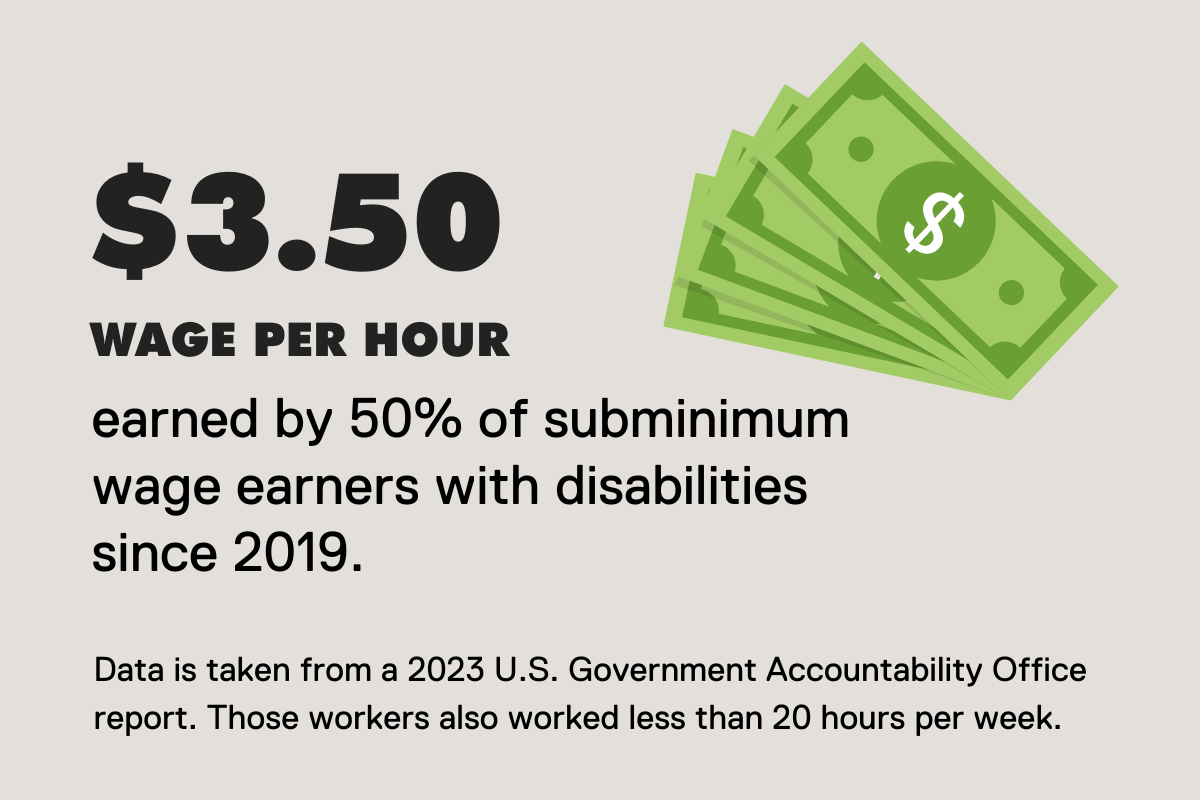
Yang-Tan Institute evaluators drafted an evaluation plan that employs implementation science frameworks in its convergent mixed methods design. The plan will provide rich information on how implementation efforts impact performance measures. Evaluators will work closely with the national evaluator of the 14-state demonstration projects to ultimately inform federal efforts toward a responsible redesign of vocational supports for people with disabilities so more people with disabilities obtain competitive jobs and earn fair wages.
Research Impact
By examining established “drivers” of effective implementation and establishing rapid cycle inquiry-to-action protocols in demonstration sites, Yang-Tan Institute evaluators will be able to generate detailed locally and nationally significant recommendations for implementation and scale-up of services to reduce the numbers of people with disabilities earning subminimum wage in NYS. Evaluation results from the 14 states awarded demonstration projects could have a transformative impact on the system of disability employment supports in the U.S.
Related Information

About New York State ILR School
Established by the New York State Legislature in 1945, the New York State School of Industrial and Labor Relations at Cornell University is the world’s leading college of the applied social sciences focusing on work, labor and employment. It is guided by a commitment to social and economic justice and to improving the lives of New York’s working people.
With offices in New York City, Buffalo, and Ithaca, Cornell ILR Outreach provides research, reports, education and training for New York’s workers, unions, employers and government. It serves as a valuable resource for New York’s policymakers to advance equitable workplaces and well-informed public policy.
Key ILR Institutes and Programs Impacting New York State:
CONTACT:
Cathy Creighton
Director
cathycreighton@cornell.edu
The Buffalo Co-Lab for Economic Development continues to play a leading role in Buffalo’s resurgence with a more equitable economy. By partnering with Western New York businesses, unions, government, education and community organizations, the Buffalo Co-Lab impacts New Yorkers statewide through workplace health and safety programs, economic development and labor research, immersion experiences for students and many other initiatives.
CONTACT:
Ariel Avgar
Director
aca27@cornell.edu
The Center for Applied Research on Work exists to connect research on work with the practice of putting it to use. We support member institutes and affiliated faculty and students in their efforts to take insights about work, labor and employment and share them broadly. We are uniquely placed to seed innovative research that puts academic study into practice.
CONTACT:
Lara Skinner
Director
lrs95@cornell.edu
The The Climate Jobs Institute is guiding New York and the nation’s transition to a strong, equitable and resilient clean energy economy that tackles the climate crisis, creates high-quality jobs, confronts race and gender inequality, and builds a diverse and inclusive workforce.
CONTACT:
Timothy McNutt
Director
tmcnutt@cornell.edu
The Criminal Justice and Employment Initiative improves employment opportunities for people with criminal records by designing and delivering legal employment training to close information gaps, implement best practices, and integrate job seekers with criminal records into the workforce.
CONTACT:
Ian Greer
Director
icg2@cornell.edu
The Ithaca Co-Lab mobilizes students and research to tackle policy challenges in the local region. These include fighting unemployment, winning a living wage, overcoming disadvantage in the job market and organizing for worker voice in the workplace.
CONTACT:
Esta Bigler
Director
erb4@cornell.edu
The Labor and Employment Law Program examines the laws and policies that impact the workplace and offer educational programs. We provide labor and employment law education for job seekers, employees, employers, government agencies, community organizations and unions in support of the Cannabis Workforce Initiative.
CONTACT:
Harry Katz
Director
harry.katz@cornell.edu
The Scheinman Institute combines the academic depth of faculty in conflict/dispute resolution, employee relations and labor relations with the practical knowledge of leading practitioners in the field to provide intensive skill development for individuals and best practices for organizations.
The institute trains more students in mediation and arbitration than any other school in the United States.
CONTACTS:
Patricia Campos-Medina
Executive Director
The Worker Institute
pec1@cornell.edu
Risa Lieberwitz
Academic Director
The Worker Institute
rll5@cornell.edu
The Worker Institute engages in research and education on contemporary labor issues to generate innovative thinking and solutions to problems related to work, economy and society. The institute brings together researchers, educators and students with practitioners in labor, business and policymaking to confront growing economic and social inequalities, in the interests of working people and their families. A core value of the Worker Institute is that collective representation and workers' rights are vital to a fair economy, robust democracy and just society.
CONTACTS:
Susanne Bruyère
Academic Director
smb23@cornell.edu
Wendy Strobel Gower
Thomas P. Golden Executive Director
ws283@cornell.edu
The Yang-Tan Institute works to advance the inclusion and full participation of people with disabilities in the workplace and community. Our research, training and technical resources expand knowledge about disability inclusion, leading to positive change.
